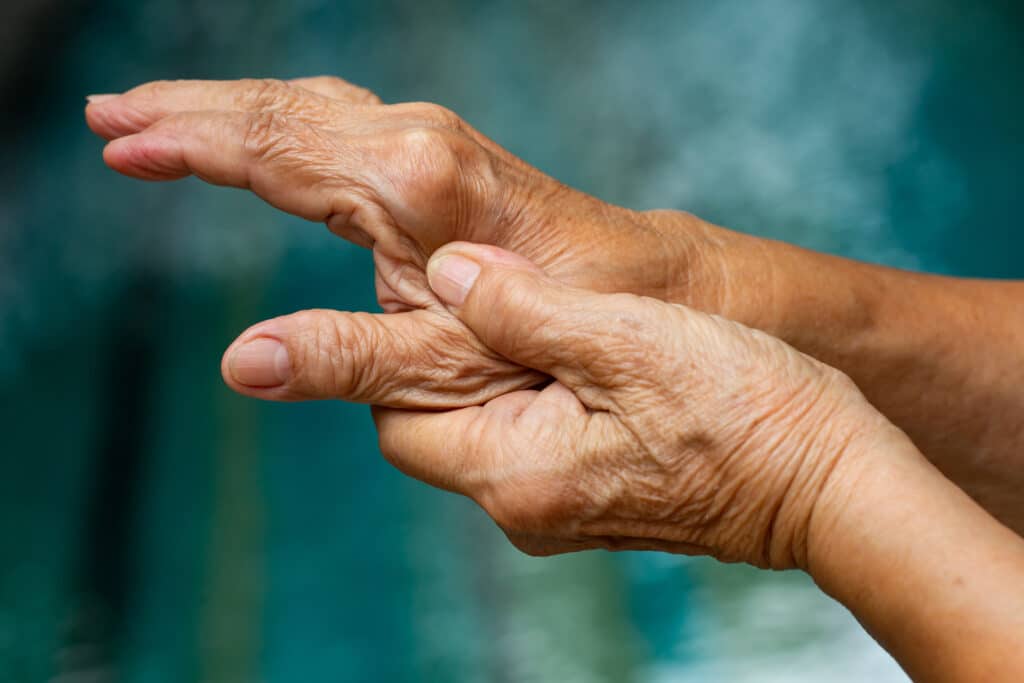
Thumb strains are common injuries that can occur to anyone, from athletes and manual laborers to those who work on a computer all day long. Often caused by overuse or trauma, thumb strain symptoms can be painful and limit the movement of your hand. If left untreated, they can even cause chronic pain and long-term disability. However, with the right treatment, there is hope for a full recovery. In this blog post, we will explore the best ways to treat thumb strains and alleviate your pain and discomfort.
Rest and immobilization
One of the most effective ways to treat thumb strains is to rest your hand and immobilize the injured thumb. This allows the torn ligaments and muscles to heal without further aggravation. You may need to wear a splint or brace to keep your hand in a neutral position and prevent any movement of the thumb joint. Depending on the severity of your strain, your physiotherapist or chiropractor may recommend immobilization for several weeks or even months.
Ice therapy
Ice therapy is another great way to relieve pain and inflammation caused by a thumb strain. Applying a cold compress or ice pack to the injured area for 15-20 minutes at a time, several times a day can help reduce swelling and stiffness. Be sure to wrap the ice pack in a thin towel to avoid skin damage.
Physiotherapy
Physiotherapy can be a crucial part of the recovery process for thumb strains. A qualified physiotherapist can teach you exercises and techniques to help improve your range of motion, strength, and flexibility. They can also assist with massage and other hands-on interventions to reduce swelling, scar tissue build-up, and pain.
Pain management
If you are experiencing significant pain, over-the-counter pain relievers such as acetaminophen or ibuprofen can help. Your physiotherapist or chiropractor may also recommend more advanced pain management techniques, including transcutaneous electrical nerve stimulation (TENS) or corticosteroid injections.
Surgery
In severe cases, surgery may be required to repair the damaged tissues in the thumb joint. This is often a last resort and only necessary when more conservative treatments have failed. Your medical team will discuss the pros and cons of surgery, and whether it is the best option for you.
Thumb strains can be painful and disruptive, but there are many ways to treat them effectively. By giving your hand the rest and care it needs and seeking professional treatment, you can get back to your normal activities and enjoy life pain-free. Whether you choose rest and immobilization, ice therapy, physiotherapy, pain management, or surgery, the important thing is to listen to your body and give it the time and attention it needs to heal. Remember, with patience and persistence, you can overcome your thumb strain and return to your daily activities with confidence.
If you have any questions or would like to explore further, please book a free, no-charge online appointment with either myself, Dr. Tyler Baron, BASc, DC or another Kitchener chiropractor at CARESPACE. We are happy to listen and are here to help!

